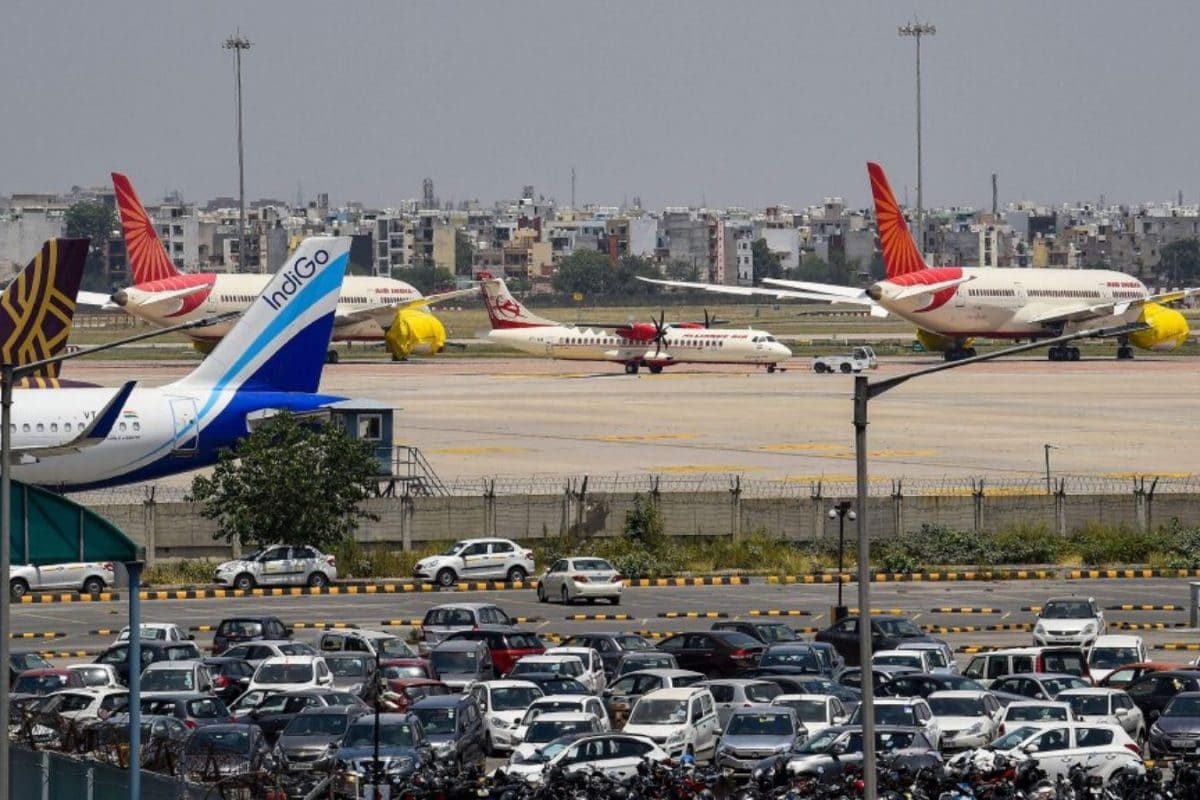

India's aviation sector is undergoing a significant transformation, driven by ambitious infrastructure development plans and a focus on modernizing air traffic management (ATM) systems. This comprehensive strategy, often referred to as "Aviation 2.0," aims to elevate India's airports and airspace to match the efficiency and capacity of the world's busiest aviation hubs. Several key initiatives are underway to achieve this vision.
A major component of this plan involves extensive airport development. The government intends to undertake 50 airport projects within the next five years. This includes the construction of new greenfield airports as well as substantial upgrades to existing facilities. The goal is to increase the number of operational airports from the current 159 to 350 by 2047. This expansion is crucial for enhancing regional connectivity and supporting the nation's growing air travel demand. The UDAN (Ude Desh ka Aam Naagrik) scheme, launched in 2016, has already played a significant role in this effort, operationalizing 619 routes and 88 airports, with plans to expand to 120 additional destinations. The government is also formulating "UDAN 2.0" to further support last-mile connectivity by developing cost-effective airport infrastructure. This includes exploring ways to reduce the operating costs of smaller regional airports and ease operational regulations to encourage airlines to serve these destinations.
Modernizing air navigation services and upgrading air traffic management systems are equally important aspects of Aviation 2.0. The Airports Authority of India (AAI), the country's sole air navigation service provider, is continuously working to upgrade its infrastructure and systems to meet the growing demands of air travel. Key initiatives include deploying new IP-based Voice Communication Control Systems (VCCS) and VHF radios to improve air-ground communication, installing a pan-India Aeronautical Message Handling System (AMHS) to enhance the performance of aeronautical, flight, and meteorological message exchanges, and commissioning Automatic Dependent Surveillance-Broadcast (ADS-B) ground stations at multiple airports to enhance surveillance capabilities. Performance-Based Navigation (PBN) procedures have been implemented at 62 airports to optimize operations and reduce costs. Furthermore, a Central Air Traffic Flow Management (C-ATFM) system has been established to manage demand and capacity imbalances at airports, and Airport Collaborative Decision Making (A-CDM) has been implemented at nine airports to reduce ground delays.
India is also moving towards a unified airspace management system. The AAI is working to consolidate airspace control across 2.8 million square nautical miles into a unified command center in Nagpur. This strategic move is expected to optimize air traffic management, reduce fuel consumption, and streamline communication processes for pilots, leading to cost savings and improved safety for airlines.
These modernization efforts involve adopting advanced technologies such as AI and satellite-based navigation to optimize airspace utilization. For example, RNP-Z (LPV) procedures based on GAGAN (GPS Aided GEO Augmented Navigation) have been implemented at 14 airports to enhance navigation precision.
The financial investment in Aviation 2.0 is substantial. A significant capital expenditure of over ₹91,000 crore has been planned for airport infrastructure development under the National Infrastructure Pipeline (NIP) between FY 2019-20 and FY 2024-25. Public-Private Partnerships (PPP) are playing a crucial role, with PPP airports at Delhi, Hyderabad, and Bengaluru undertaking major expansion projects. Additionally, investments are being directed towards the development of new Greenfield airports across the country under the PPP mode.
These comprehensive efforts are expected to yield significant benefits for the Indian aviation sector. By expanding airport capacity, modernizing air traffic management systems, and improving regional connectivity, India aims to accommodate the anticipated surge in air passenger traffic and cargo volumes. The ultimate goal is to position India as a leading aviation market, capable of supporting a $20 trillion economy by 2047.